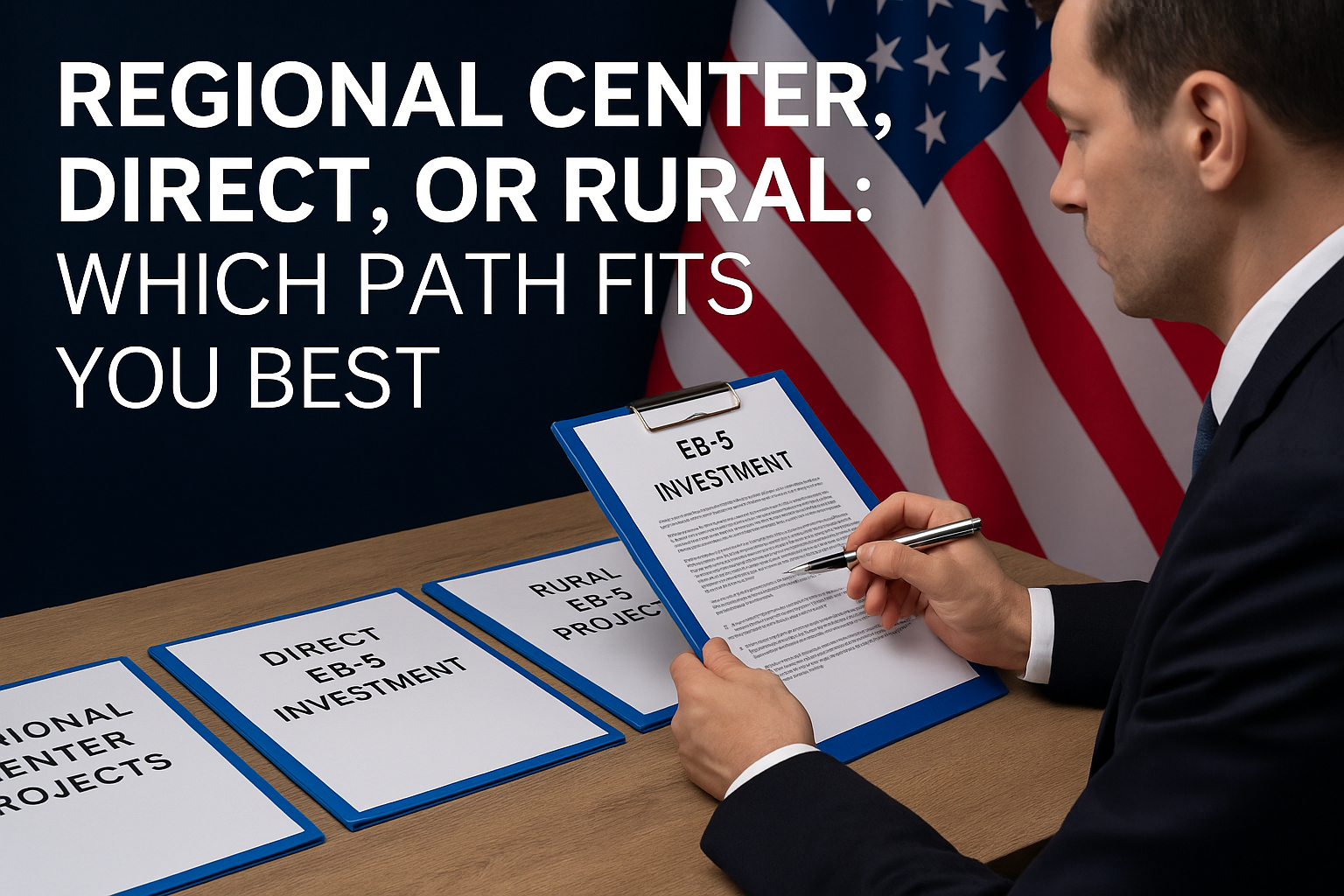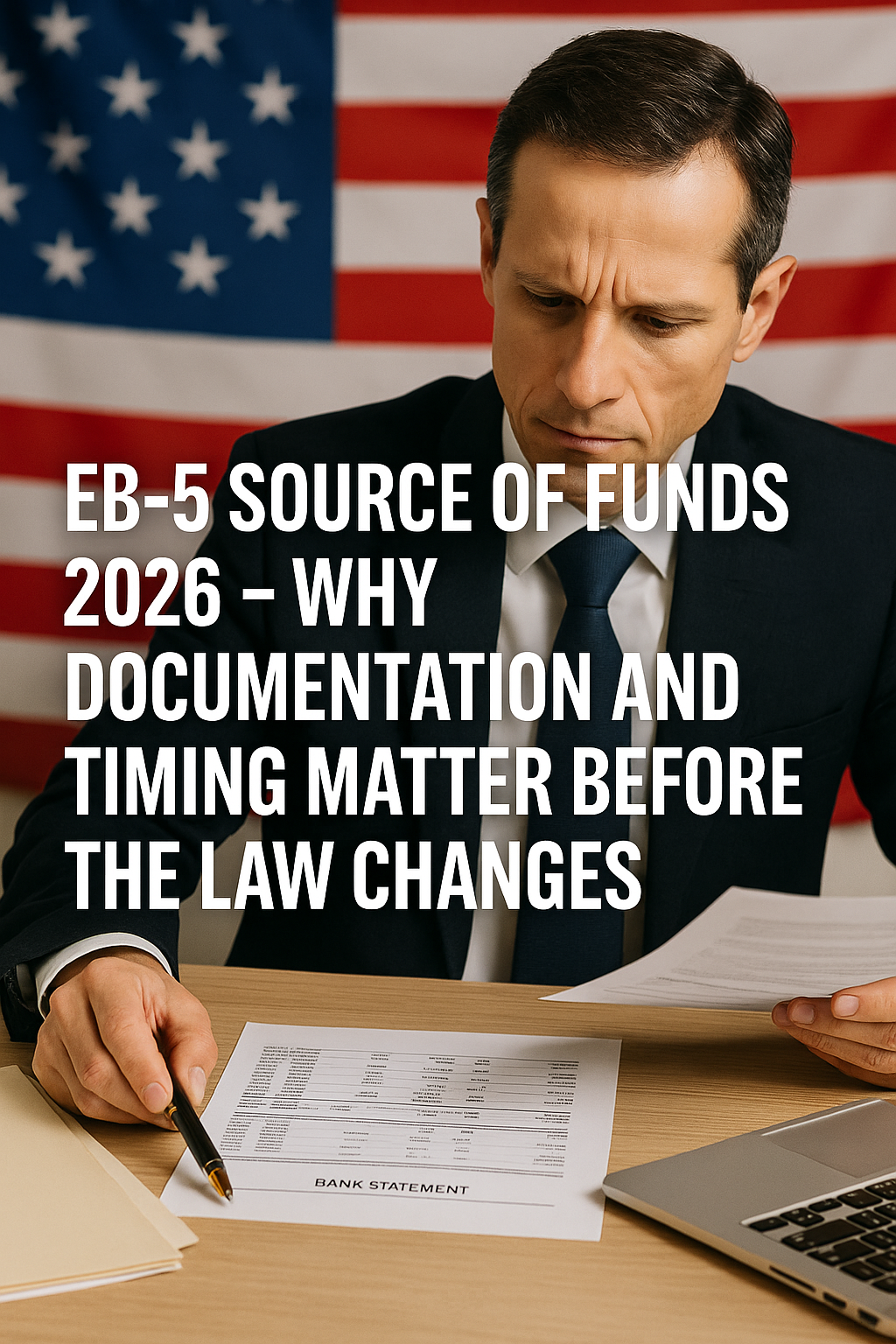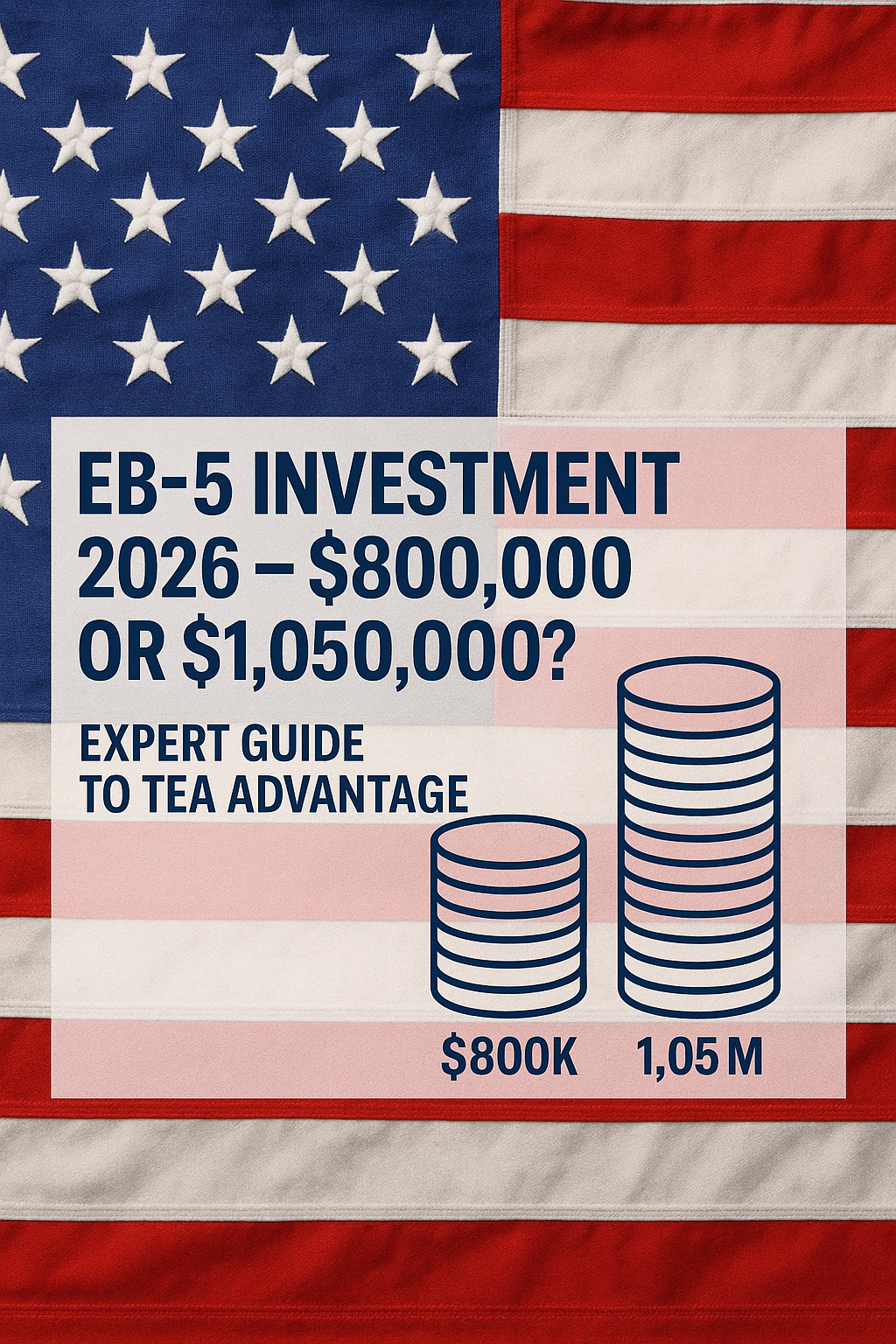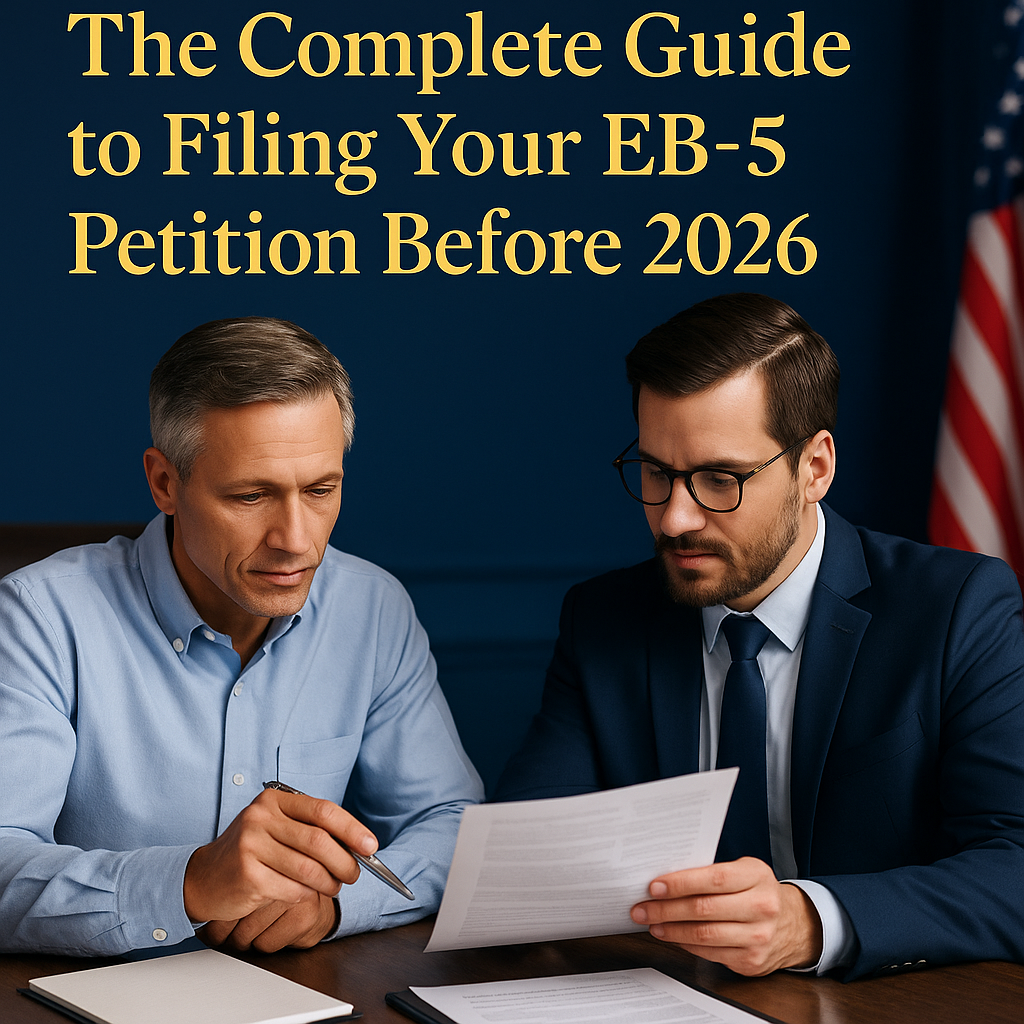Australia’s Global Talent Visa, officially known as the Subclass 858, has become one of the most strategic immigration pathways for individuals with exceptional skills and international recognition. In an era where most migration routes require years of waiting, complex points assessments, or employer sponsorship, the 858 visa stands out as a direct and merit-based gateway to Australian permanent residency.
This program is part of the Australian Government’s initiative to attract the world’s leading innovators, entrepreneurs, and researchers who can contribute to national growth in critical and emerging industries. It is not just another skilled migration program but a targeted invitation for global achievers to call Australia home.
The Essence of the Global Talent Visa
The Global Talent Visa (Subclass 858) offers immediate permanent residency to people who have achieved an internationally recognized level of excellence in their field. The program is administered by the Department of Home Affairs under the Global Talent Program. As the official government website states, “The Global Talent Visa is for people who have an internationally recognized record of exceptional and outstanding achievement in an eligible field.”
Source: Department of Home Affairs
Unlike the traditional skilled migration streams that rely on a competitive points test or employer nomination, this visa prioritizes demonstrated impact, innovation, and leadership potential. Applicants who can prove their influence in international research, business, or professional sectors are fast-tracked for consideration.

The Global Talent Visa 858 allows highly skilled professionals to obtain Australian PR faster in 2025 without sponsorship or age restrictions.
Legal Foundation and Government Framework
The program operates under the Migration Act 1958 and the Migration Regulations 1994, which define the eligibility criteria, nomination requirements, and visa conditions. Legislative Instrument LIN 20/156 further specifies the industries considered as “target sectors” and the income threshold required for qualification. These regulations can be verified through the Federal Register of Legislation.
Such a legal structure ensures that the program remains transparent and consistent with Australia’s broader migration framework. Each application is assessed on merit, guided by statutory instruments and ministerial direction, rather than discretionary approval.
Why It Is the Fastest Pathway to Permanent Residency
The Global Talent Visa is designed for speed and efficiency. Most applicants receive their permanent residency within three to six months after submitting a complete application. Unlike other categories, there is no requirement to secure a job offer or sponsorship, and the process does not involve a points-based ranking system.
Candidates under the age of 55 are generally preferred, yet exceptions are often granted when an individual’s achievements demonstrate extraordinary benefit to Australia. The Fair Work High Income Threshold, currently set at AUD 175,000 for 2025, serves as a benchmark for the expected earning potential of applicants.
This program is not limited by quotas in the same way as other visas. Instead, it responds dynamically to Australia’s national demand for high-impact individuals in emerging global sectors.
Australia’s Priority Sectors for 2025
The Department of Home Affairs has identified ten priority sectors under the Global Talent Program: resources, agri-food and AgTech, energy, health industries, defence and advanced manufacturing, space, circular economy, digital technology, infrastructure, tourism, education, and financial services, including fintech.
Official Reference: Global Talent Independent Program
These fields align with Australia’s long-term economic and innovation agenda. The goal is not simply to fill job vacancies but to cultivate ecosystems of global expertise that can strengthen the nation’s competitiveness in research, technology, and sustainable development.
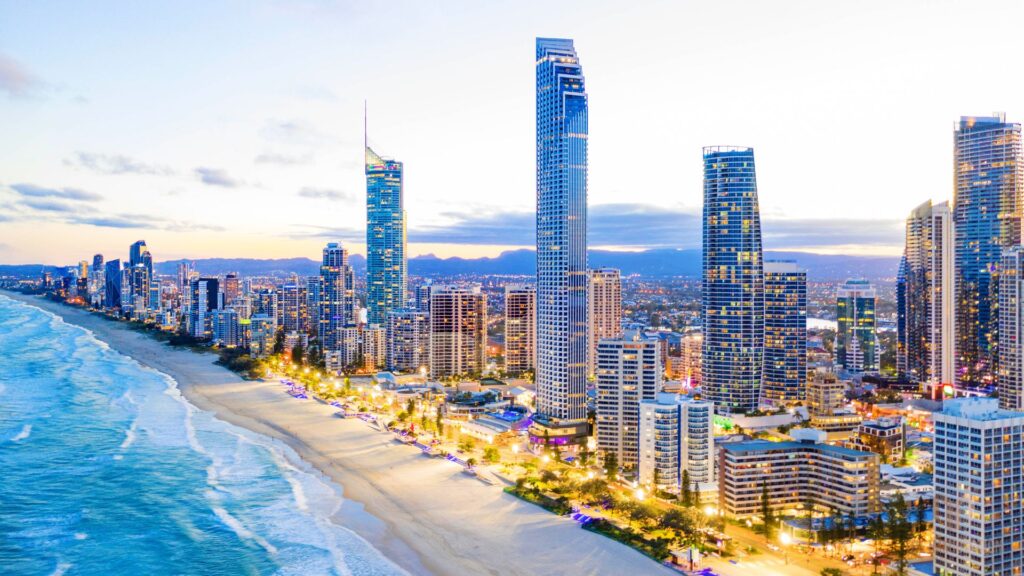
Australia’s Global Talent Visa 858 offers permanent residency in record time with no points test, no sponsorship, and no age limit.
Who Can Apply
Eligibility for the Subclass 858 visa requires evidence of international recognition and a record of outstanding achievement. Applicants must be actively engaged in their field and capable of earning, or showing potential to earn, an annual salary above the Fair Work High Income Threshold. Each candidate must also be nominated by an Australian citizen, permanent resident, or organization with a national reputation in the same sector.
These requirements are established under Schedule 2, Clause 858.212 of the Migration Regulations 1994. The official eligibility guidelines provide detailed explanations on how applicants are assessed for prominence and contribution.
Key Advantages of the Global Talent Visa
The Global Talent Visa provides permanent residency upon approval, allowing recipients to live, work, and study anywhere in Australia. It also extends to eligible family members, offering them the same residency rights. Applicants are not restricted by employer contracts, age caps, or regional sponsorship obligations. Once granted, visa holders can later apply for Australian citizenship after fulfilling the residency requirements.
The absence of the points test and the streamlined structure of this visa make it particularly attractive to experienced professionals, researchers, and founders who prefer a merit-based pathway rather than a competitive scoring system.
How It Compares to Other Visa Categories
In contrast to the Skilled Independent Visa (Subclass 189) or the Employer Nomination Scheme (Subclass 186), which often involve longer processing times and complex requirements, the Global Talent Visa is a direct permanent visa without transitional stages. Unlike the Business Innovation and Investment Visa (Subclass 188), it does not require a minimum financial investment. It focuses purely on capability, leadership, and potential contribution to the Australian economy.
This distinctive combination of flexibility and prestige has positioned the 858 visa as the fastest and most desirable immigration option for qualified global professionals in 2025.
Application Process Overview
The application is divided into two main stages.
First, applicants must submit an Expression of Interest through the Global Talent Contact Form. This step allows the Department to assess eligibility and alignment with priority sectors.
Once invited, applicants proceed to the formal visa application through their ImmiAccount, providing all required documents such as identity proof, nomination evidence, and supporting materials that demonstrate international recognition. The Department then finalizes the assessment and grants direct permanent residency upon approval.
A full step-by-step explanation of this process will be provided in Part Two of this series.
Verified References
- Migration Act 1958 (Cth)
- Migration Regulations 1994 (Cth)
- Instrument LIN 20/156 – Specification of Global Talent Sectors
- Department of Home Affairs – Global Talent Visa (Subclass 858)
Editorial Perspective
The Global Talent Visa represents a paradigm shift in Australian immigration policy. It reflects a broader recognition that the world’s most valuable resource is human capital — the thinkers, creators, and pioneers who redefine industries and shape the future. For professionals who have already proven their excellence internationally, this visa offers not only permanent residency but also the opportunity to become part of Australia’s innovation ecosystem.
Part Two of this series will explore the step-by-step application process, including how to prepare a persuasive Expression of Interest, how to select a nominator, and how to present evidence effectively to meet the Department’s expectations.




